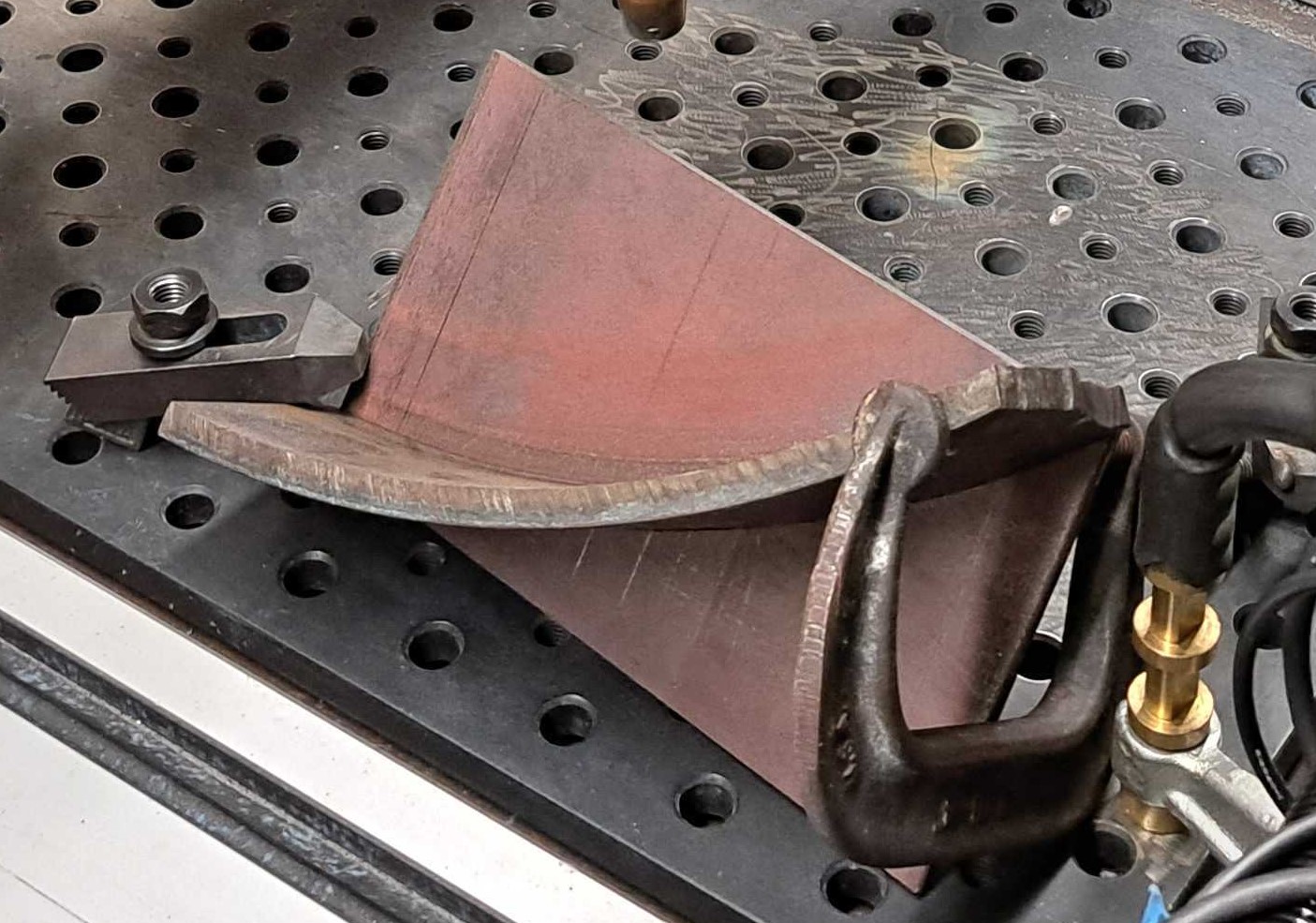Imagine being able to set up robotic welding with just a single click. Over the past few decades, researchers have been working towards this goal: making industrial robots easier to program and more flexible, so they can be used to their full potential.
Automated Welding Area Identification
Right now, programming a robot is a long and boring process. It can take hours to get a robot ready, even for simple welding jobs. This is because traditional industrial robots are pretty basic—they’re built to do just one task over and over again. This setup doesn’t work well for businesses that need to make a lot of different parts, which is why high-volume manufacturing is more automated than smaller, varied production.
3D Model
At Elementiam, we’re changing the game by creating smarter robots. We’re giving robots "eyes" and "brains" so they can handle custom tasks without all the manual programming. This means you can get more done with your robots, without the hassle of complicated setups.
Scan
Click
Check
Execute
We use affordable 3D scanner technology and propriatary AI models to fully automatized the robotic welding process. The first step is the scanning, of the surface, to do this, we use a structured light 3D scanner which is like a camera but instead of giving a 2D image, it provides a 3D point cloud. Based on the information given from the scan and only this information, our solution identify the most likely joint for welding, including Butt Joint, Corner Joint, T Joint and Lap Joint.
Automated Path Generation
Based on the identified joint, our solution automatically computes a 6-degrees-of-freedom path, including a collision-free approach and welding. It also incorporates C-shape and sinusoidal weaving patterns, along with all the classic welding parameters needed for different types of materials.
Once the path is computed, it can be exported into any robot simulation software, such as RoboDK, for path validation based on your specific robotic cell setup. After validation, the path can be loaded onto the robotic cell for execution.
Automated Robotic Path Execution




